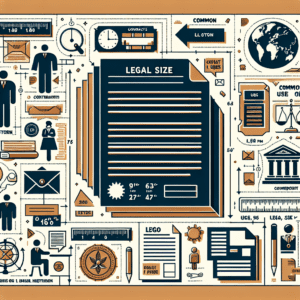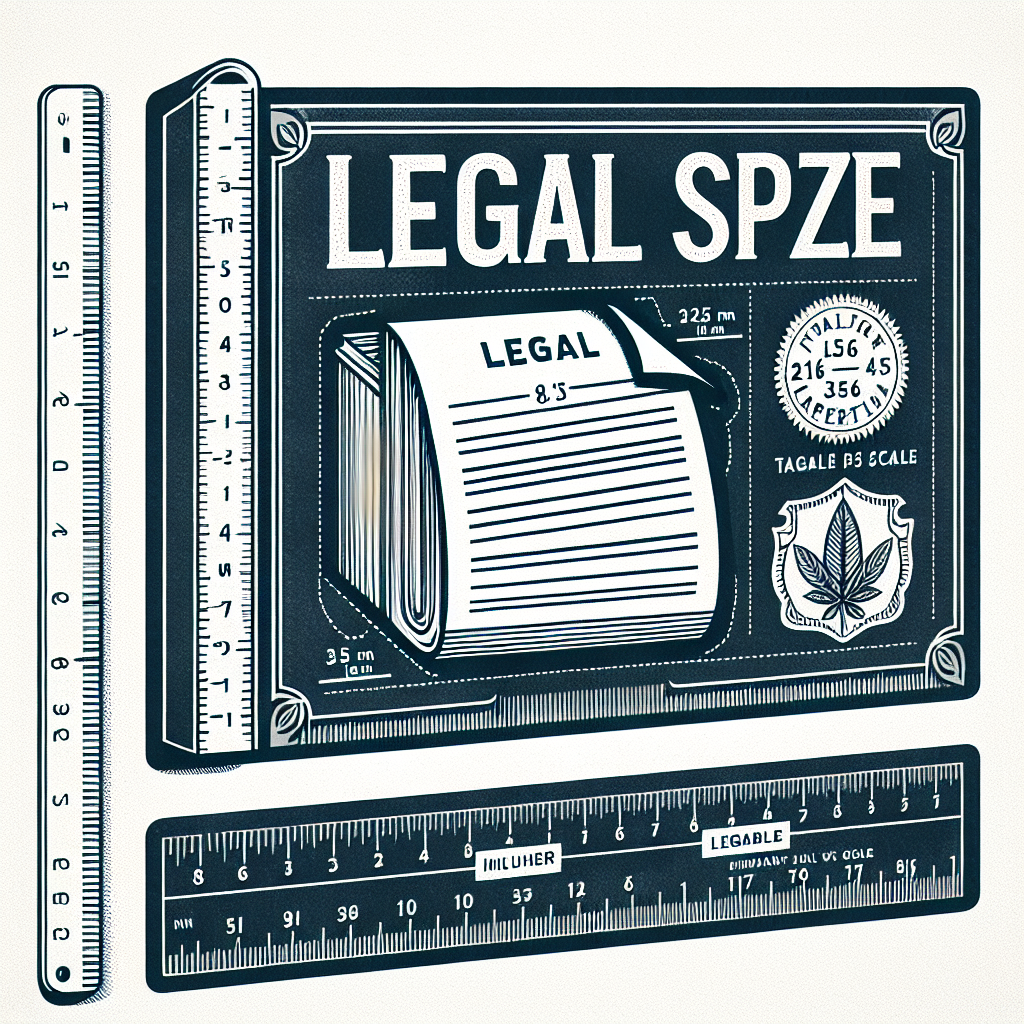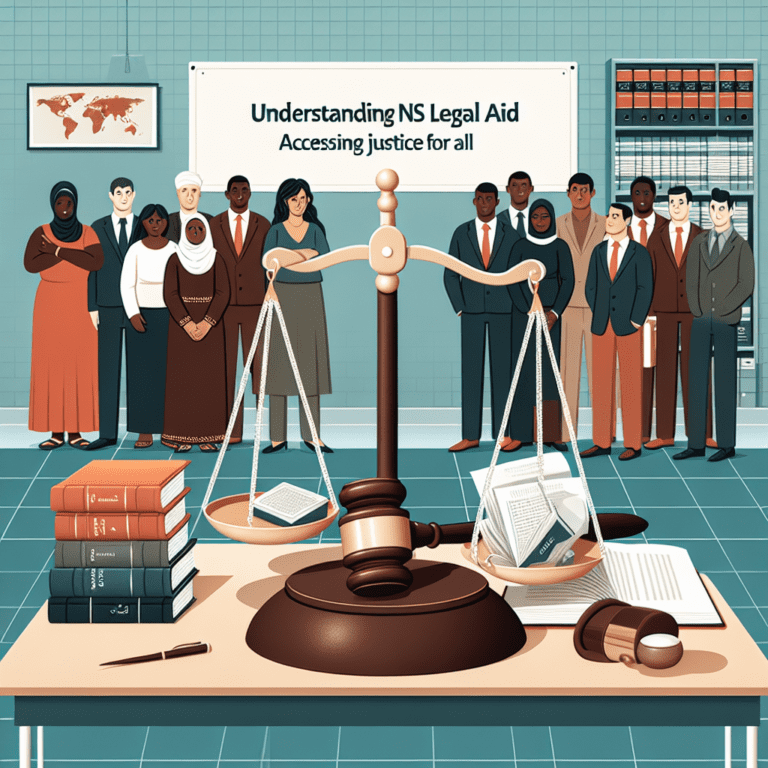===INTRO:===
Navigating the world of legal documentation can often feel overwhelming, especially when it comes to understanding legal paper size. The dimensions and standards associated with paper sizes can make or break the professionalism of your legal documents. For those in the legal field, knowing the specifications of legal paper is not just a matter of aesthetics; it’s a critical component that affects readability, filing, and even compliance. This article seeks to clarify the complexities surrounding legal paper size, presenting expert-level insights into its dimensions and the importance of standardization in legal documentation.
Exploring Common Legal Paper Sizes and Their Dimensions
When it comes to legal paper sizes, the term “legal” most commonly refers to a specific dimension: 8.5 inches by 14 inches. This size is primarily utilized in the United States and is a staple for legal documents such as contracts, pleadings, and subpoenas. However, it’s crucial to note that legal-sized paper isn’t the only format in use. The standard letter size (8.5 inches by 11 inches) is also prevalent, especially for correspondence and supporting documents that accompany legal filings. Understanding these dimensions aids legal professionals in choosing the right format for their documents, ensuring that everything fits neatly and adheres to industry norms.
In addition to the legal and letter sizes, there are international paper dimensions that may come into play, particularly in global legal contexts. For instance, the A4 size (8.27 inches by 11.69 inches) is widely used outside the United States, presenting a challenge for those who work in international law or deal with documents from various jurisdictions. The dimensions of paper may seem trivial, but they can greatly influence how documents are perceived in different legal systems, which underscores the need for awareness and adaptability among legal professionals.
Beyond just the measurements, it’s essential for legal practitioners to consider the purpose and context of their documents. For example, using legal-sized paper may convey a sense of formality and authority suitable for contracts or court documents, while letter-sized paper could be more appropriate for general correspondence. By strategically selecting paper sizes based on context, legal professionals can enhance their communication and ensure their documents are taken seriously.
The Importance of Standardization in Legal Documentation
In the realm of legal documentation, standardization serves as the backbone of clarity and consistency. Different jurisdictions often have prescribed formats and sizes for legal documents, which not only facilitates proper filing but also minimizes the risk of rejection or confusion during legal proceedings. When documents are presented in a standardized format, it ensures that all parties involved—judges, attorneys, and clients—can easily read and navigate the materials presented to them. This is especially crucial in high-stakes situations where miscommunication can lead to dire consequences.
Legal professionals often face the challenge of varying document formatting across state and international lines. Standardization helps alleviate this uncertainty by providing a common framework that everyone can rely on. For example, understanding and implementing the correct paper sizes and formats for specific documents can prevent delays in legal processes and uphold the integrity of the legal system. By adhering to these standards, legal practitioners not only demonstrate professionalism but also build trust and credibility with clients and colleagues alike.
Furthermore, standardization is not merely a matter of aesthetics; it plays a pivotal role in compliance with legal requirements. Many courts have specific rules regarding the size and formatting of documents, and failing to meet these standards can result in the dismissal of cases or the rejection of evidence. By familiarizing themselves with these standards, legal professionals can ensure that their documentation withstands scrutiny and contributes to the success of their cases, effectively safeguarding their clients’ interests.
===OUTRO:===
In conclusion, understanding legal paper size and its standards is critical for any professional operating in the legal field. From the commonly used legal paper dimensions to the importance of standardization in maintaining clarity and compliance, knowledge in this area can significantly enhance the effectiveness of legal communication. As you strive to ensure that your legal documents meet industry standards, take the time to familiarize yourself with the different paper sizes and their applications. Equip yourself with this knowledge, and you will navigate the intricate landscape of legal documentation with confidence and professionalism. Don’t hesitate to explore further, ask questions, and broaden your understanding of the nuances involved in legal documentation; your clients and colleagues will appreciate your commitment to excellence.
Understanding Legal Self-Defense Weapons in CanadaUnderstanding Legal Paper Size: Dimensions and Uses ExplainedNavigating Legal Name Changes in Ontario: A Comprehensive GuideRelevant LinkRelevant LinkRelevant Link



















